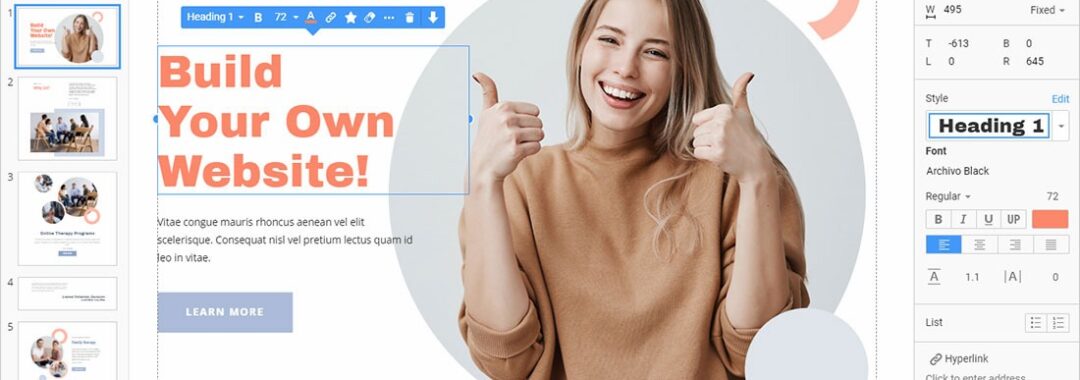A website is a collection of digital pages that can be accessed on the internet. It consists of text, images, videos, and other multimedia content.
Introduction
In today’s digital era, a website has become a crucial necessity for any business, blog, or personal brand. However, many people do not understand what a website is, how it works, and how to create one. In this article, we will comprehensively cover all the fundamental aspects of a website.
Main Elements of a Website:
- Domain Name: This is the website’s address, such as www.sachinseo.com.
- Web Hosting: This is the server where all the website’s data is stored.
- Website Content: This includes text, images, videos, and other information.
- Design and Layout: A good design is essential for an attractive website.
- Functionality: The features of a website make it user-friendly.
Types of Websites
1. Static Website
- It has fixed content and is not frequently updated.
- Example: Business card-type websites, small business websites.
2. Dynamic Website
- It changes according to user needs.
- Example: Blogs, e-commerce websites, news portals.
3. E-Commerce Website
- Products and services are sold online on these websites.
- Example: Amazon, Flipkart.
4. Blog Website
- Regular articles are written on specific topics.
- Example: sachinseo.com/blog.
How to Create a Website? (Step-by-Step Guide)
1. Choose the Right Platform
Several platforms are available to build a website:
- WordPress (Most popular)
- Wix
- Shopify (For e-commerce)
- HTML/CSS (For manual coding)
WordPress is the best option as it is easy to use and SEO-friendly.
2. Purchase a Domain and Hosting
- Domain: Can be purchased from companies like GoDaddy, Namecheap.
- Hosting: Can be taken from Bluehost, Hostinger, or SiteGround.
3. Install WordPress
- Install WordPress from the hosting control panel.
- Choose a good theme and set up the website design.
4. Create Essential Pages
- Home Page: The first image users see.
- About Us Page: To provide information about yourself.
- Services Page: To describe your services.
- Blog Page: To share articles and information.
- Contact Page: To allow people to reach you.
5. Set Up SEO and Security
- Use the Yoast SEO plugin.
- Install an SSL certificate for security.
- Connect the website to Google Search Console and Google Analytics.
6. Launch and Promote Your Website
- After launching the website, promote it on social media.
- Build backlinks and improve your website ranking on Google.
Conclusion
Creating a website has become very easy nowadays. With the right tools and techniques, anyone can build their own website. If you also want to create a website, follow the steps above and establish your online presence!
